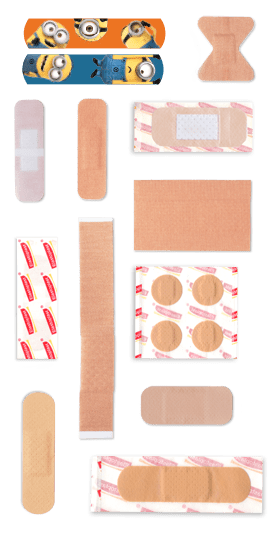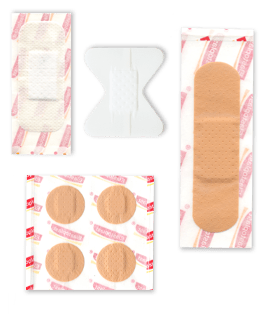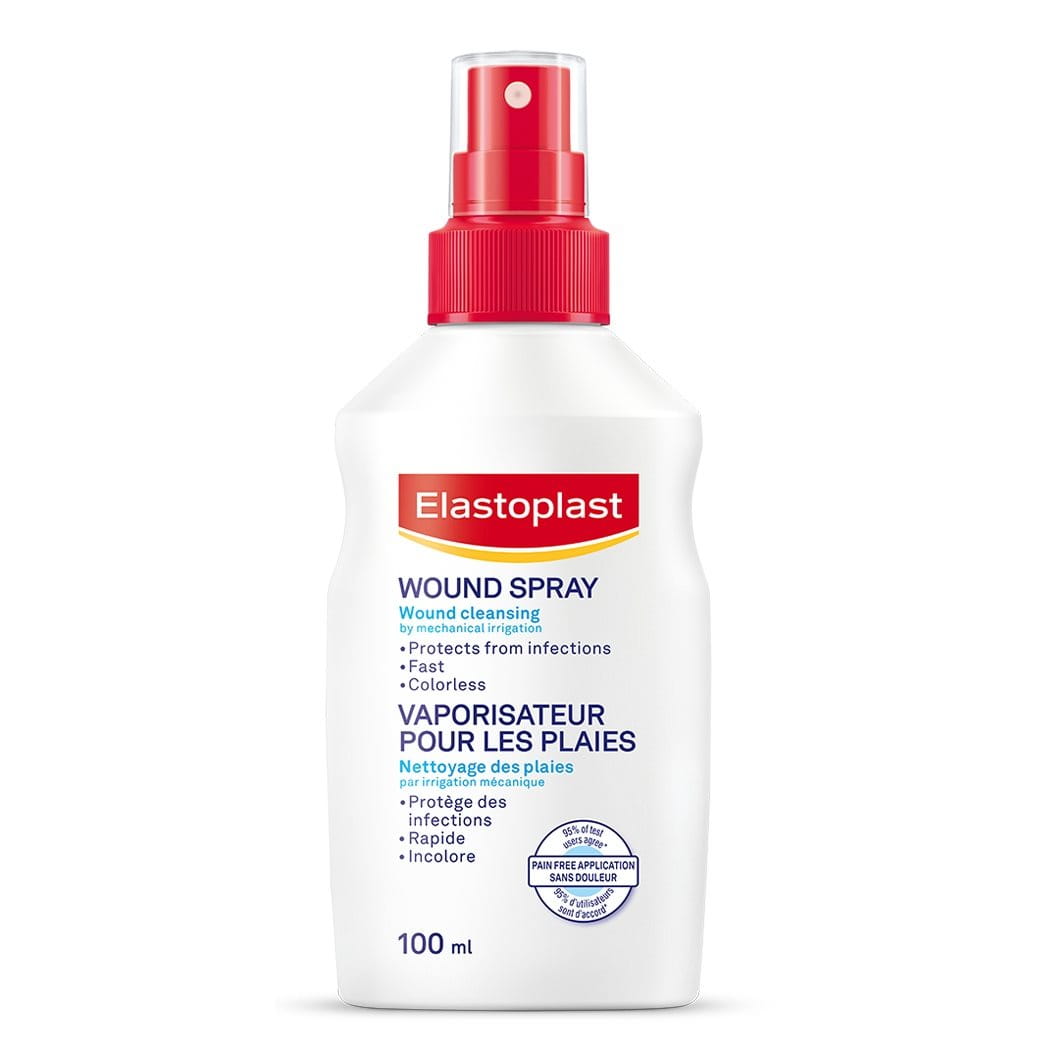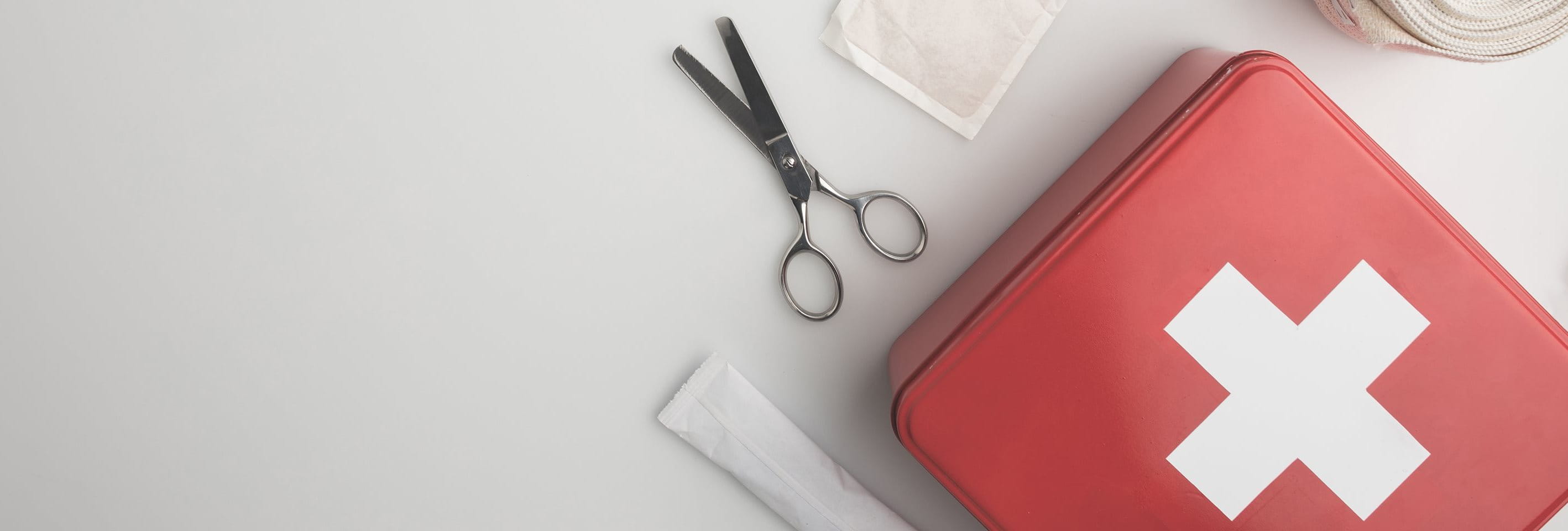When it comes to your medicine cabinet, regular maintenance is key. Use this checklist to make sure you have all the basic supplies to keep you and your family healthy and safe.
Time To Refresh The Medicine Cabinet

1. Store it in the right place
This may seem like a given, but you should always store your medication in a safe but easily accessible place and should always put it back there after use. Make sure that everybody in the household knows where the medicine kit or cabinet is located. If you have toddlers or small children, the opposite applies of course: Keep your medication in a cool, dry place which is locked up and out of your child’s sight and make sure that they are NOT able to reach it.
Also, keep it organised: Having to look for a package leaflet that’s flying around somewhere because you haven’t returned it to the package the last time you used that medication is unnerving.
2. Check for expiration dates and age specifications
Go through your medicine cabinet at least every six months and check the expiration date of every package. Be safe and toss out anything that has expired, as well as antibiotics that have not been used up completely. Do not throw any of these in the garbage, but return the products to your drugstore or pharmacy. They will dispose of them safely and in an environmentally-friendly way.
Also, check for age specifications and dosage recommendations on the medication intended for your children. The types of medications they can use change as they grow older, as does the dosage. Upgrade and stock up when and where necessary.

3. Check whether you have the right first aid bandages and products
Be prepared when it is most important: Most accidents still happen in the household or during sports, so make sure to have the right products to help you in those moments when you have cut yourself or sprained an ankle. A well-stocked medicine cabinet means you are all set in those crucial moments.
4. Assemble a “to-go-set”
Why should a “medicine cabinet” be something stationary? It makes sense to compile a selection of products that can be taken in your sports bag in case something happens during workout, hiking or other outdoor or sports activities.
5. Calling sheet
This can be a crucial time-saver: Always keep important emergency phone numbers such as those for an ambulance, for your doctor and pharmacy, or for any hotlines (e.g. poison hotline) in the medicine cabinet.
Medicine Cabinet Checklist
Make sure your medicine cabinet includes these items. Check supplies regularly every six months*.
- A thermometer
- A selection of painkillers and headache medication
- Cold medicine (decongestants, cough medicine, throat lozenges)
- Antidiarrheal treatment
- Disinfection solution
- Plasters in various sizes (Elastoplast offers a wide selection, from waterproof to extra-sensitive, child-friendly – keep a basic stock of various adhesive bandages).
- Disinfectant (alcohol free) for minor cuts and scrapes
- Gauze and fixation tape for wound dressing in case of deeper cuts or grazes
- Tweezers and scissors
- Fever medication
- Sterile gloves
*Apart from prescription medication that you take regularly.

